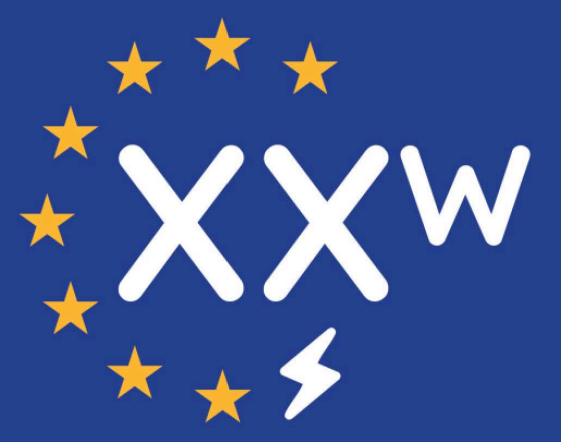On December 11, 2025, the European Commission issued Commission Implementation Decision (EU) 2025/2499, which revises the harmonized standards for short-range devices (SRDs) and airborne mobile communication systems.
The main changes are as follows:
- Removal of the old version of the standard: EN 300 220-2 V3.1.1 for short-range devices (SRDs) in the frequency band from 25 MHz to 1 000 MHz, EN 302 480 V2.2.1 for airborne mobile communication systems (MCOBA) and EN 302 729 V2.1.1 for short-range devices using ultra-wideband (UWB) technology. The effective date of standard deletion is June 11, 2027;
- The following harmonized standards have been added: EN 300 220-2 V3.3.1, EN 302 480 V3.1.1, EN 302 729-1 V3.1.1, EN 303 659 V1.1.1 short-range devices in data networks, EN 305 550-6 V1.2.1 specific wireless measurement equipment (e.g. detection radar) in the frequency band from 40 GHz to 260 GHz.
Click on this link to view the original text of (EU) 2025/2499.
